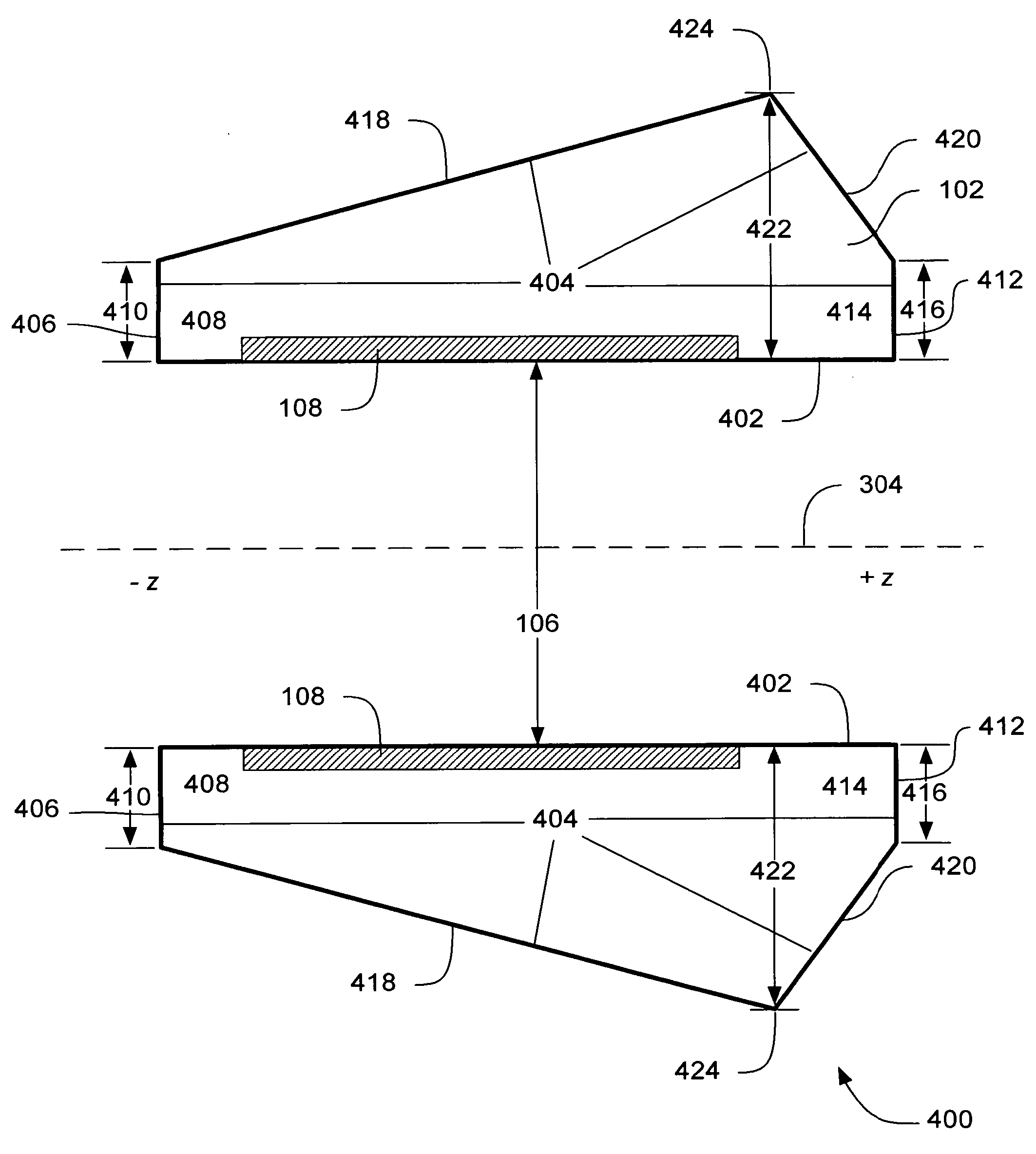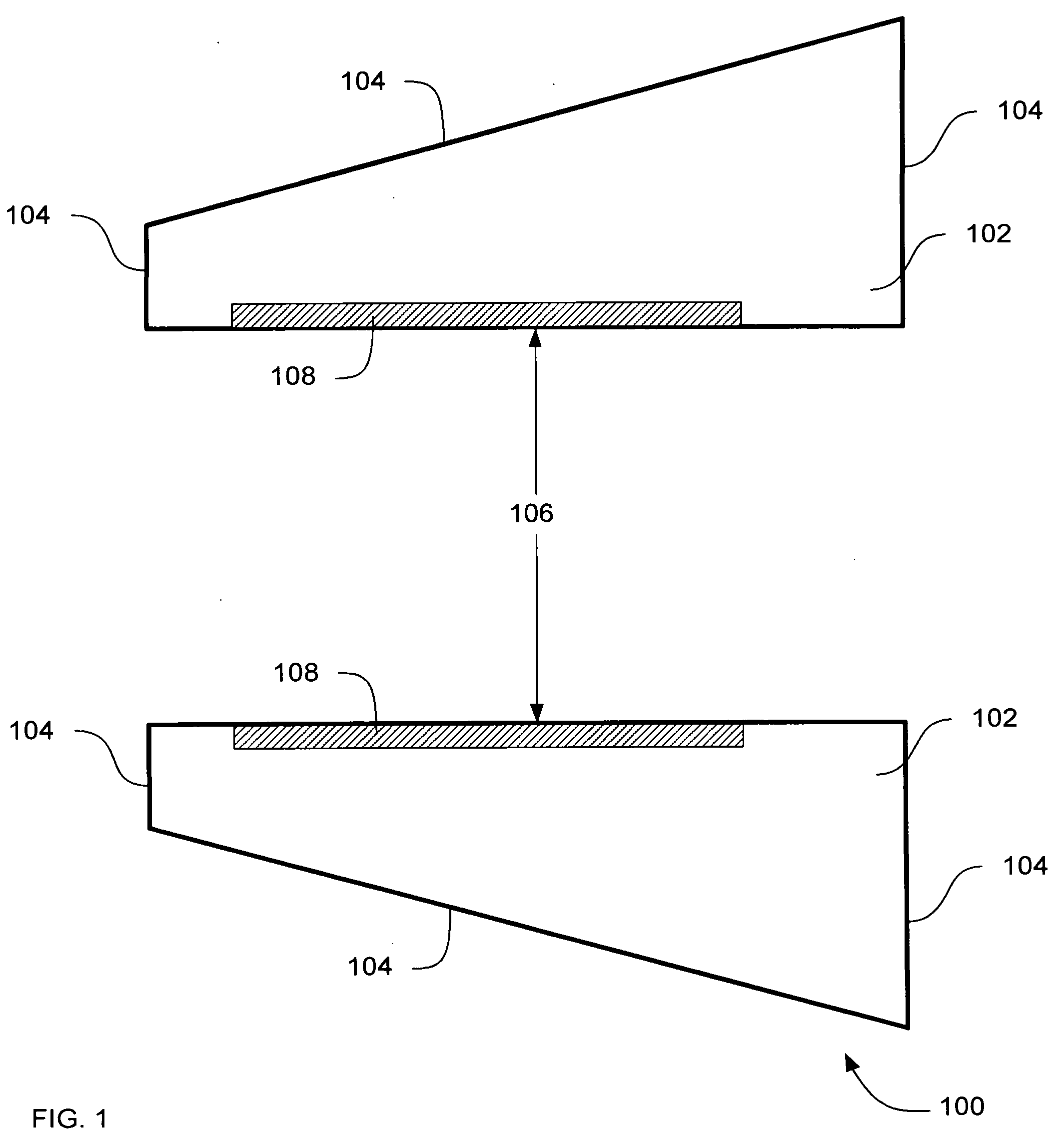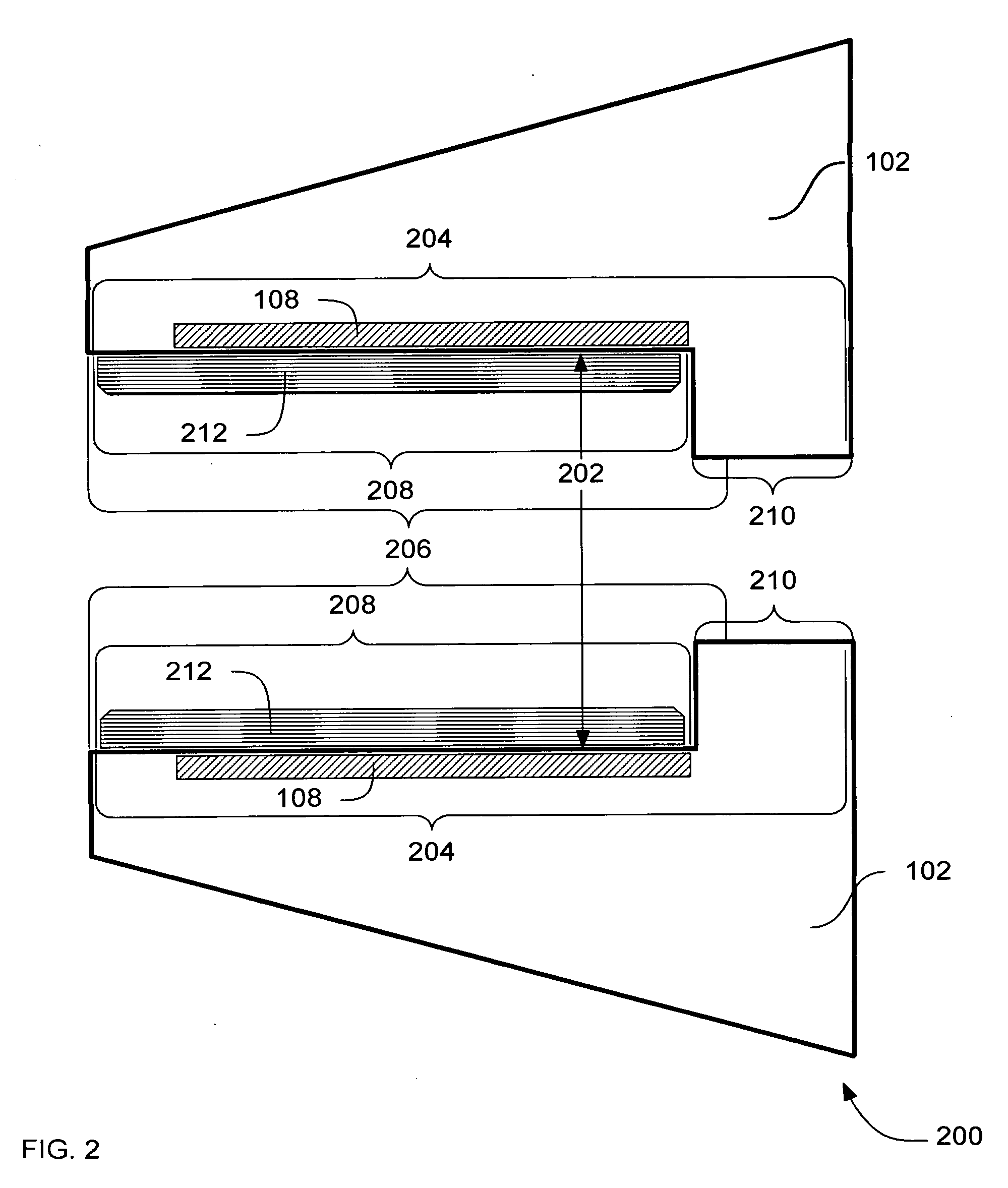Systems, methods and apparatus of a magnetic resonance imaging magnet to produce an asymmetrical stray field
a magnetic resonance imaging and magnetic resonance imaging technology, applied in the field of magnetic resonance imaging systems, can solve the problems of difficult access to the area in the magnetic resonance imaging system where the imaging is carried out, the shape and size of the conventional mri system is not easy to accommodate the imaging of the hand, the elbow, the ankle or the knee,
- Summary
- Abstract
- Description
- Claims
- Application Information
AI Technical Summary
Benefits of technology
Problems solved by technology
Method used
Image
Examples
an embodiment
Methods of an Embodiment
[0076] In the previous section, apparatus of the operation of an embodiment was described. In this section, the particular methods performed by a processor of a magnetic resonance imaging (MRI) system, of such an embodiment are described by reference to a series of flowcharts.
[0077]FIG. 12 is a flowchart of a method 1200 of generating an image from electromagnetic resonance induced by a magnet with an asymmetric stray field according to an embodiment.
[0078] Method 1200 includes inducing 1202 electromagnetic resonance in a subject, using an asymmetric magnet that produces an asymmetric stray field. Method 1200 includes driving 1204 a gradient coil to spatially encode the image. Method 1200 also includes driving 1206 a gradient eddy current correction coil in the MRI. The coil compensates for the asymmetric eddy currents generated by the gradient coil in system 200, apparatus 500, 900 and 1000.
[0079] Method 1200 further includes receiving 1208 radio frequenc...
PUM
 Login to View More
Login to View More Abstract
Description
Claims
Application Information
 Login to View More
Login to View More - R&D
- Intellectual Property
- Life Sciences
- Materials
- Tech Scout
- Unparalleled Data Quality
- Higher Quality Content
- 60% Fewer Hallucinations
Browse by: Latest US Patents, China's latest patents, Technical Efficacy Thesaurus, Application Domain, Technology Topic, Popular Technical Reports.
© 2025 PatSnap. All rights reserved.Legal|Privacy policy|Modern Slavery Act Transparency Statement|Sitemap|About US| Contact US: help@patsnap.com



